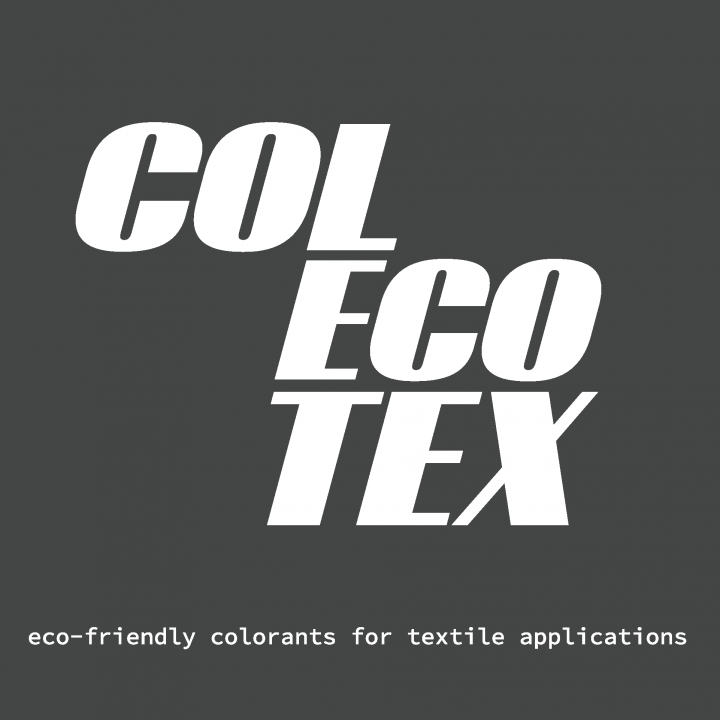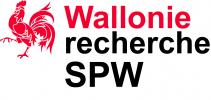One of the major challenges of the textile industry is to reduce the environmental impact of the production (water consumption, harmful solvents to the environment and health) and use (use cycles, recycling) of textile products.
Consumers are demanding a decrease in the use of harmful products to reduce their own environmental impact.
Synthetic dyes are particularly problematic because they are designed to be non-degradable and they often contain heavy metals. As a result, many synthetic dyes remain persistent in the environment. For example, they can be found in wastewater when textiles are leached or in compost in the case of biodegradable materials. The recycled polymers have a dull color, because the dyes cannot be removed, which greatly reduces the value of the recycled product.
It is estimated that more than 10,000 dyes and pigments are currently on the market for a worldwide, annual use of 700,000 tons.
The transition to non-toxic natural dyes is therefore essential to avoid generating toxic effluents while bringing added value to the final product of the manufacturers.
Objectives & Approach

The COLECOTEX project aims to produce a bio-based dye from waste streams (containing emodin and aloë-emodin) to be applied on bio-based fibres (polylactic acid and cotton).
Great attention will be paid to the extraction process, in particular to the solvent used (bio-based solvent) and its recyclability.
In a second step, several dyeing and coating formulations will be produced by dissolving or dispersing dyes and pigments in an aqueous dispersion of bio-based polymers. The formulations will be applied to textile substrates. It will be necessary to find the ideal dyeing and coating conditions according to the properties of the dyes (temperature resistance).
The natural dyes - known for their lower light stability compared to their synthetic counterparts - will be stabilized by bio-additives developed from biomass. They will be applied via an appropriate pre- or post-treatment. These treatments will also improve the adhesion of the dyes to the substrates and expand the range of compatible products.
Consortium
Win4Collective project financed by the Walloon Region
- Coordination: Centexbel
- Project partner: Celabor







